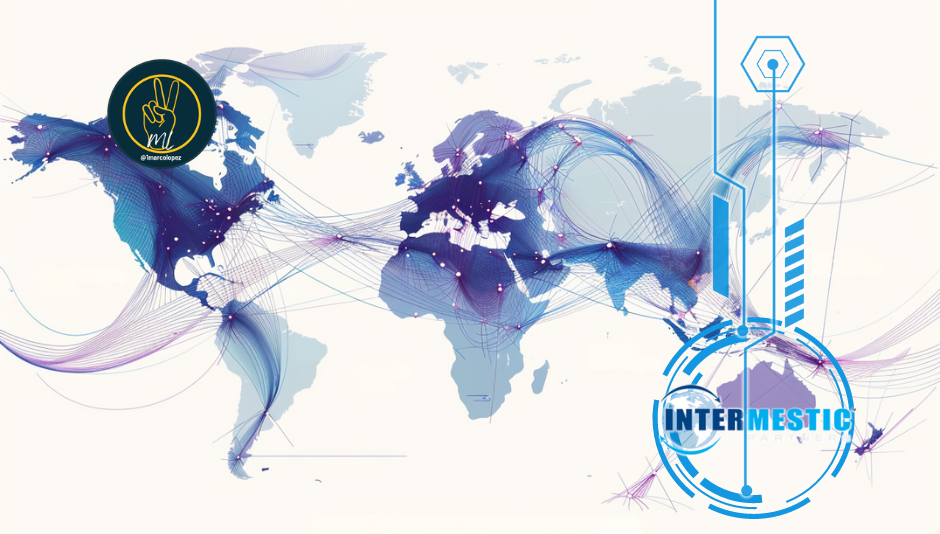
Revolutionizing Global Commerce: The Power of Trade Facilitation and Nearshoring
- Marco Lopez

- Jul 10, 2024
- 2 min read

In the evolving landscape of global commerce, two strategies stand out as game-changers: Trade Facilitation and Nearshoring. These approaches, though seemingly complex, offer practical solutions for businesses looking to optimize operations and expand their market reach.
Understanding Trade Facilitation
Trade Facilitation simplifies international trade processes, eliminating bottlenecks and ensuring smooth cross-border transactions. According to the World Trade Organization (WTO), it aims to expedite the movement, release, and clearance of goods, enhancing competitiveness, fostering economic development, and potentially reducing poverty. However, challenges such as balancing speed with security and the high costs of modernizing trade procedures remain.
The Benefits of Nearshoring
Nearshoring, a strategic shift of business operations closer to home, combines the cost benefits of outsourcing with the convenience of reshoring. It offers shorter supply chains, faster turnaround times, and cultural alignment. Major companies like Microsoft and Intel have successfully adopted nearshoring, reaping significant benefits. Yet, it comes with challenges, including intellectual property concerns and the temptation of cheaper offshoring locations.
The Intersection of Trade Facilitation and Nearshoring
When combined, Trade Facilitation and Nearshoring create a powerful synergy. Efficient trade processes enhance nearshoring benefits, making transactions more reliable and appealing. Companies like General Electric have leveraged this combination to reduce costs and optimize efficiency.
Opportunities for Growth and Development
Strategic use of Trade Facilitation and Nearshoring can unlock new markets, reduce operational costs, and improve product quality. The long-term impact includes sustainable growth, improved competitive positions, and contributions to home country economic development. Experts predict continued adoption of these strategies, offering fertile ground for innovative businesses.
Conclusion
Trade Facilitation and Nearshoring hold transformative potential in the global business landscape. These strategies enable companies to improve operations, reach new markets, and drive global economic growth. Each organization must tailor these methods to its unique needs and strategic objectives, making them essential considerations for forward-thinking businesses.
At Intermestic Partners, founded in 2011, we specialize in cross-border trade and development, partnering with top national and international companies. With my experience as a former mayor of a border city in Arizona, Director of the Arizona Department of Commerce, Chief of Staff at US Customs and Border Protection, and CEO of Intermestic Partners, I invite you to explore these strategies with us. Together, we can harness the power of Trade Facilitation and Nearshoring to elevate your business.
Join the conversation and collaborate with Intermestic Partners to unlock your business's full potential.
.png)




This is a fascinating insight into how global commerce is evolving! Just as international trade finds efficiency in nearshoring, homeowners are seeing the value in localized expertise, like our skilled Residential General Contractors in Hendersonville who bring customized solutions right to your doorstep.